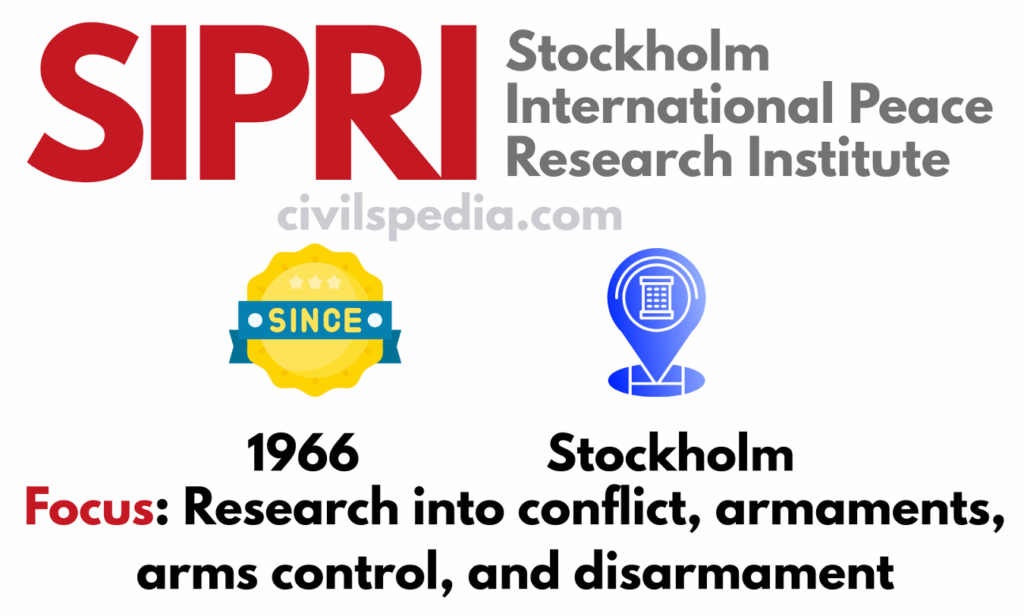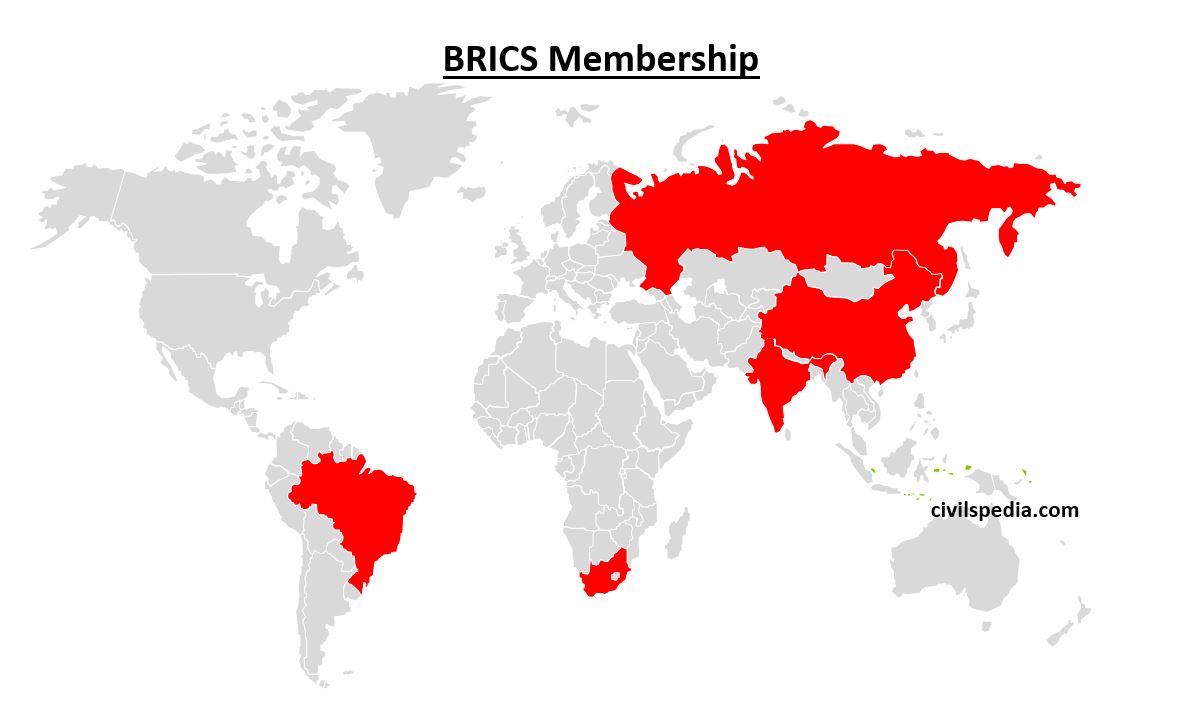Last Update: June 2025 (Anti-Missile System)
Table of Contents
Anti-Missile System
This article deals with the ‘Anti-Missile System.’ This is part of our series on ‘Science and Technology’ which is an important pillar of the GS-3 syllabus. For more articles, you can click here.
Indian Ballistic Missile Defence (IBMD) System / Anti Missile System / Air Defence System
- IMBD is an Anti-Missile System or Missile Defence System.
- It is an initiative to protect Indian cities from Ballistic Missile attacks.
- It was proposed in the mid-1990s by Dr APJ Abdul Kalam.
- The functioning of the Anti-Missile System is explained in the infographic below.

Side Topic: Iron Dome System of Israel
IBMD System is just like the Iron Dome of Israel. Israel faces a large number of short-range rocket attacks from Gaza. Hence, they have installed Anti Missile System to protect important cities like Tel Aviv from such attacks. It is the most effective system with a success rate of up to 90% (very high).

Apart from Iron Dome, Israel also has David’s Sling, Arrow 2 and 3, and the Iron Beam to protect it from missile attacks with varying capability.
Side Topic: THAAD System
- US has installed THAAD System in South Korea after the threat of Missile attacks by North Korea.
- THAAD is also an Anti-Missile / Ballistic Missile Defence System.
Side Topic: Golden Dome System
- 2025: The US has announced plans to develop the Golden Dome System, which will be the world’s most advanced missile defence system.
- It will also have a space component, i.e., space-based sensors and interceptors will also be used, making it the first such system.
Indian System
India’s IBMD System is double-tiered, consisting of two interceptor systems.
1. Pradyumna or Prithvi Air Defence (PAD)
- It uses Prithvi Missile.
- It is used for high altitude interception and can intercept missiles up to an altitude of 80 km.
- It is the preferred option because the target would be engaged at a far distance.
2. Ashvin or Advanced Air Defence (AAD)
- It uses Akash Surface to Air Missile.
- It is used for low-altitude interception and can intercept missiles at 15-30 Km.
- It is not a preferred option because the missile is already very close & in the case of a nuclear missile, immense destruction can happen.
- Both are manufactured by DRDO.
- For tracking & guidance, Swordfish Radar System is developed by India in conjugation with Israel.
- The program began in 1999
- Phase I: completed.
- Phase II: It was expected to be completed by 2016 & first to be placed in Delhi & Mumbai
- Present Status: DRDO was not able to complete it & it is still in the development stage.
- The current system can intercept up to 1000 km class Ballistic missile at the speed of Mach 5.
- After the USA, Israel and Russia, India is the 4th country to develop indigenous Anti-Ballistic Missile Systems.
S-400 Triumf
- Russian Air Defence System, which India is in the process to buy.
- It is considered the best Air Defence System (full defence and not just missile) and can protect air space against strategic bombers, stealth fighters, spy planes, missiles and drones.
- It is a long-range surface-to-air missile with a range of 400 km. Hence, if deployed on the Indo-Pakistan border, it can track the movement of Pakistani aircraft from the instance they take off from the runway.
- It can track 300 targets simultaneously with the help of its has a 3D phased array acquisition radar.
- Turkey and Qatar are also interested in buying this. China has already received the first delivery of the system.
- It will receive delivery by the end of 2021 and integrate with India’s indigenous Ballistic Missile Defence system developed by DRDO to create a multi-tier air defence.
- Problem: USA can impose sanctions on India under CAATSA (i.e. Countering America’s Adversaries Through Sanctions Act). Earlier, India got a waiver from the USA to buy this system, but the Ukraine crisis has put this deal in danger.

NASAMS – II
- NASAMS = National Advanced Surface to Air Missile System
- It was developed by Raytheon (US) in partnership with the Kongsberg Defence System of Norway.
- India will use it to defend the VIP-89 Region (consisting of Rashtrapati Bhavan, Parliament etc.)
- It is equipped with the latest 3D sentinel radars and missile launchers which can rapidly identify and destroy enemy aircraft, UAVs and cruise missiles.
- The same system is used to protect Washington DC and numerous NATO countries.
VSHORAD Missile System
- Very Short Range Air Defence System (VSHORAD) missile system is designed and developed by the Defence Research and Development Organization (DRDO)
- It will replace the Russian Igla-M system.
- It is meant to target low-altitude aerial threats at short range.
- Being light and portable, it is a man-portable Air Defence System (MANPAD) and can be deployed in the mountainous region at short notice.
- DRDO has conducted its 3 successful trials in Feb 2025, Feb 2024 and Sept 2022.

Pantsir Air Defence System (PADS)
- Russian-origin mobile air defence system designed to protect against short-range missiles.
- Use: Air defence for small military, industrial, and administrative facilities.
- India’s Bharat Dynamics Limited has signed a MoU with Russian Rosoboronexport for its production (December 2024).
Project Akashteer
- Developed by Bharat Electronics Limited (BEL)
- It will automate air defense control by integrating radar and communication systems at all levels into a unified network, thus enabling swift engagement of hostile targets and ensuring the safety of friendly aircraft in contested airspace.
































